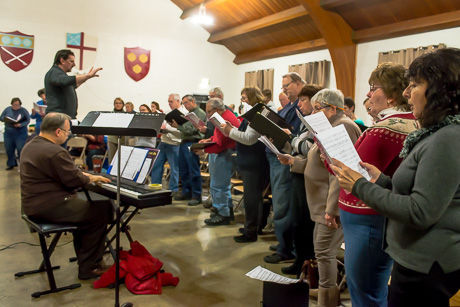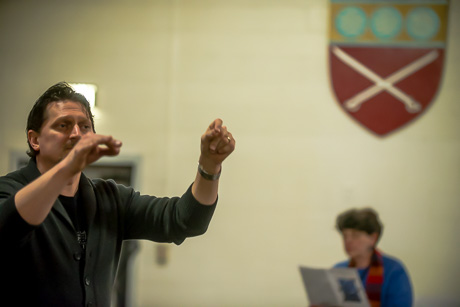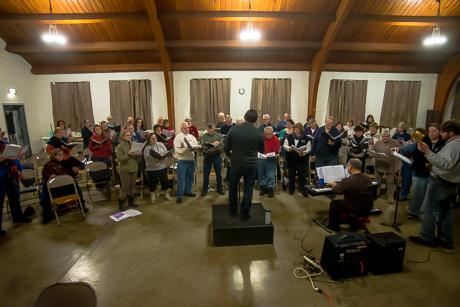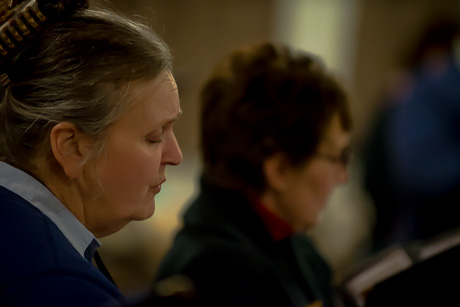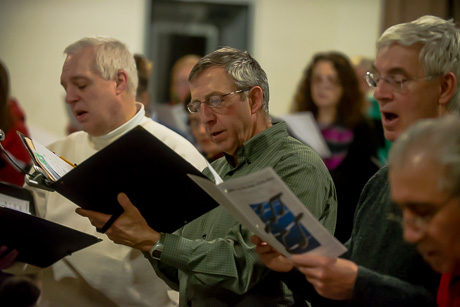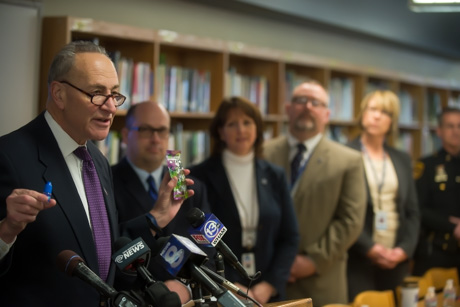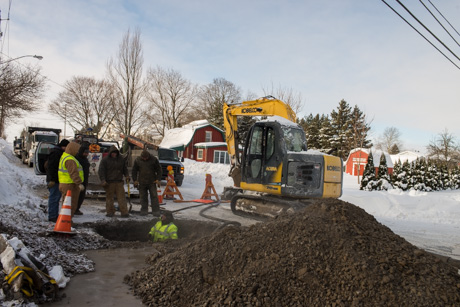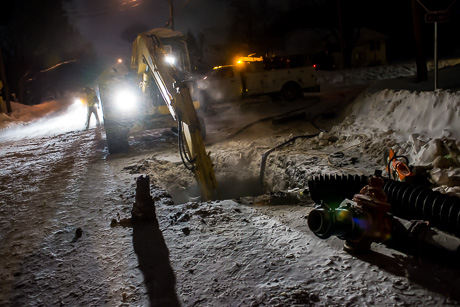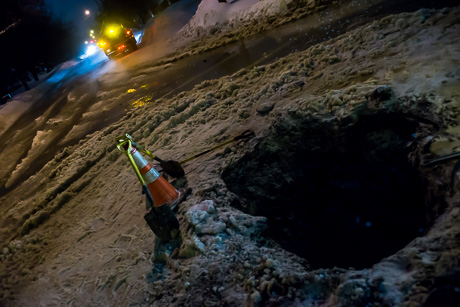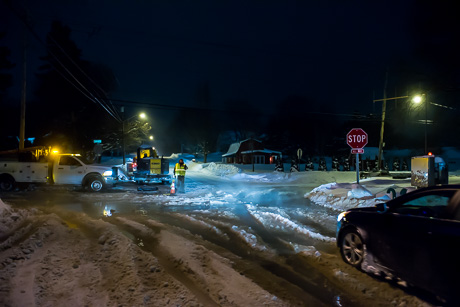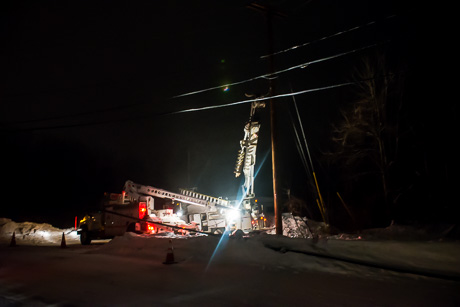Local developer announces plans to restore and preserve Mid-century building in city's central corridor
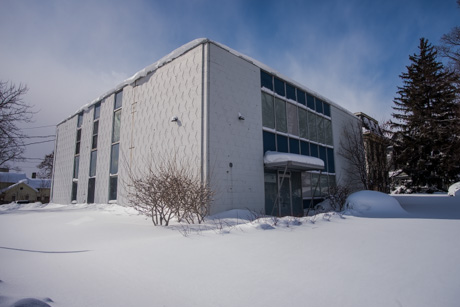
There are few examples of Mid-century Modern architecture in Batavia, especially among commercial buildings, and one that has been neglected for a long time has found a savior.
D.A. Tufts Construction has purchased 438 East Main Street, which is at the corner of Main and Harvester and is perhaps most often thought of as the former WBTA building.
Dave Tufts said he's admired the building since he was a little kid and is a big fan of Mid-century Modern, so he want to be sure to preserve the era's clean lines and Jetson-style modernism of the structure.
"It's one of my favorite periods, so we're excited about it, to be honest with you," Tufts said.
Tufts plans to convert the 2,900-square-foot first floor to office space, suitable for business or medical use, and the second floor will become two large apartments (1,300 square feet each) with open floor plans (appropriate for the era) and high-end amenities.
In a statement about their plans, the Tufts said, "The repurposing of the building goes along with the current trend of people returning to urban areas to enjoy downtown living."
They will also construct two more apartments on the property and all four apartments will have private garages.
The exterior will be upgraded with a new entry way and balconies for the apartments, but preserve the stamped brick facade common to the Mid-century Era and simple lines that dominate the look and feel of the current building.
The last tenant of the building, T-Shirts Etc., moved downtown four years ago, and the building has been vacant since. It's sort of gone to seed over all those winters and summers of emptiness.
Renovation work has begun inside, but there's a lot of work ahead for his crews, Tufts said, to bring out the best the building has to offer.
Tufts said Julie Pacatte, economic development coordinator for the city, has helped them throughout the planning process.
Pacatte said she helped the Tufts by developing a marking list for potential office space tenants and also helped them with an application for a grant from National Grid for main street revitalization projects, which she expects will be approved.
"We're thrilled about the project," Pacatte said, because it hits on so many of the city's economic development goals -- from providing mix-use buildings; bringing more viable commercial space and residential space to the central city corridor; and providing higher-end housing (apartments with garages) that doesn't currently exist in the market.
"We love that they're honoring the architectural style of the property," Pacatte said.
Lucine Kauffman, president of the Genesee County Landmark Society, said the Tufts' plans sound like good news.
"I think it's great to start raising awareness to start saving Mid-century buildings," Kauffman said. "When we think about preservation, we usually think of buildings from the 1800s, especially in this area, but there are a lot from the first half of the last century that are certainly worth preserving."
Converting a former commercial building into a mix-use structure (apartments and commercial) fits right in with the trend nationally toward what planners call "new urbanism," Kauffman said, which has so many benefits for local communities, such as economic growth and reduced crime, and it's good for the environment, by reducing the need for commutes and not filling landfills with demolished buildings.
"It's especially true in a city like Batavia, where there has been so much urban renewal and so much devastation," Kauffman said. "I think it's important to move forward and make the best of what we have now. When you see the plans for the Save-A-Lot building, what was done with the Williams building (Alberty Drugs), and what Tompkins has done with their building where WBTA is now, where they're kind of dressing it up, that's the best we can hope for, where people make the best of it."
Kauffman is aware Mid-century Modern may not be to everyone's liking, but that doesn't mean Mid-century Modern shouldn't be preserved.
"Buildings don't have to be grand," Kauffman said. "They don't have to be fancy. They don't have to be anything. They don't have to be esthetically pleasing to everyone. So long as a building represents a specific era or a specific architectural style, it's worth saving."




